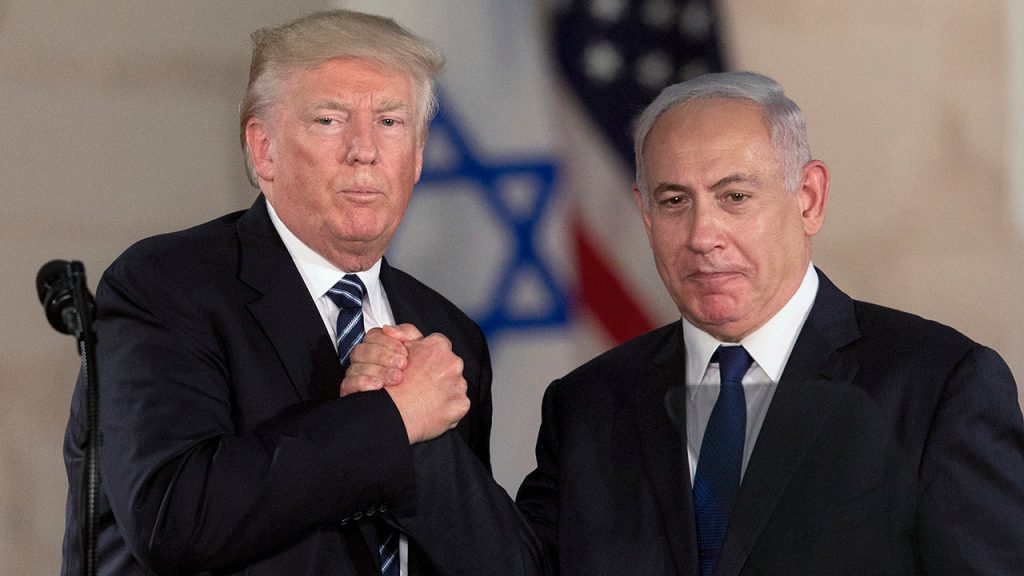Prime Minister Benjamin Netanyahu’s visit to the White House, his first foreign meeting with President Trump in the latter’s second term, signifies a renewed era of close cooperation between the United States and Israel. The primary focus of this meeting revolves around two critical issues: Iran’s nuclear ambitions and the ongoing conflict with Hamas. Netanyahu seeks guarantees from the Trump administration on both fronts, reflecting Israel’s concerns over regional stability and security. The meeting, described by Netanyahu as a “testimony to the strength of the American-Israeli alliance,” aims to solidify this partnership and address the most pressing challenges facing the Middle East.
The Iranian nuclear threat looms large over the discussions. Israel considers Iran’s nuclear capabilities an unacceptable risk, urging the US to prevent Tehran from acquiring nuclear weapons. The Trump administration, having withdrawn from the 2015 Iran nuclear deal during its first term, is likely receptive to this concern. Speculation suggests Trump may be willing to re-impose sanctions and even consider military action to deter Iran’s nuclear program. However, the preferred approach seems to be a diplomatic solution, potentially leading to some disagreement with Netanyahu, who might favor a more assertive stance.
The aftermath of the recent war with Hamas and the fate of the hostages held in Gaza also dominate the agenda. While Trump expressed skepticism about the ceasefire agreement, his envoy has pushed for its full implementation, including the second phase involving prisoner exchange. This presents a dilemma for Israel, as it effectively consolidates Hamas’s power in Gaza. Trump’s proposal to relocate Gazans to other Arab states adds another layer of complexity to this already delicate issue. Resolving the hostage crisis and finding a long-term solution for Gaza remain crucial objectives for both leaders.
Beyond the immediate crises, the meeting also explores broader regional issues. Reviving the Trump peace plan and furthering normalization efforts between Israel and Saudi Arabia are potential discussion points. However, the Palestinian statehood issue presents a significant obstacle, with resistance from within Netanyahu’s own coalition. Furthermore, Trump’s vision for a post-conflict Gaza, including its reconstruction and potential relocation of its residents, could further complicate the peace process.
Economic cooperation and defense ties also feature prominently in the discussions. A potential economic corridor linking Asia to Europe through the Middle East aligns with Trump’s strategy of countering China’s Belt and Road Initiative. Expanding defense cooperation, possibly including the development of a US-based missile defense system similar to Israel’s Iron Dome, further strengthens the strategic partnership. These initiatives not only bolster bilateral ties but also contribute to regional stability.
Despite the shared interests and the strong personal rapport between Trump and Netanyahu, potential points of divergence exist. Trump’s potential withdrawal from Syria, Israel’s concerns about Hezbollah in Lebanon, and differing approaches towards Iranian proxies in Yemen could create friction. While the visit emphasizes the strong alliance between the two countries, Netanyahu has made it clear that Israel’s national security interests remain paramount, and he will not compromise on these core issues. This suggests a complex interplay of shared goals and distinct national priorities, requiring careful negotiation and a willingness to find common ground.

